You have not yet added any article to your bookmarks!

Join 10k+ people to get notified about new posts, news and tips.
Do not worry we don't spam!
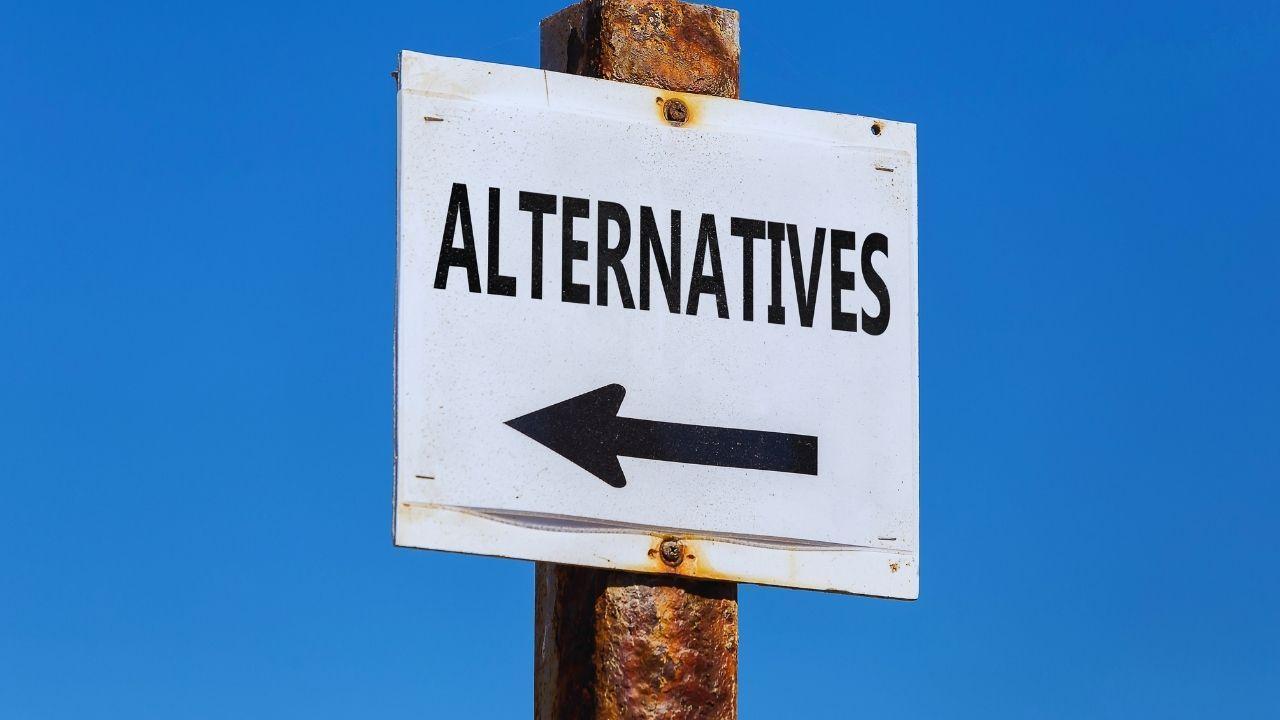
Post by : Anis Farhan
Plastic has revolutionized modern life, offering convenience, durability, and low cost. From packaging to electronics, healthcare to construction, it is omnipresent. Yet, the very qualities that make plastic so useful also make it environmentally disastrous. Today, millions of tons of plastic waste clog oceans, harm wildlife, and threaten human health.
In response, scientists, industries, and policymakers have been seeking viable plastic alternatives—materials that can replace traditional plastics while reducing environmental harm. These alternatives promise sustainability, biodegradability, and lower ecological footprints, but they are not without challenges. Understanding their promises and pitfalls is critical for shaping a future where human convenience does not come at the cost of the planet.
What Are Bioplastics?
Bioplastics are derived from natural, renewable sources such as corn starch, sugarcane, or cellulose. Unlike petroleum-based plastics, they can be designed to biodegrade under specific conditions, offering an appealing environmentally friendly option.
Promises of Bioplastics
Reduced Dependence on Fossil Fuels: By replacing petroleum, bioplastics reduce carbon emissions associated with plastic production.
Potential for Biodegradability: Certain types of bioplastics break down faster in industrial composting facilities, reducing landfill load.
Innovation in Packaging: Companies are exploring bioplastics for food containers, shopping bags, and disposable cutlery.
Pitfalls and Limitations
Industrial Composting Required: Many bioplastics require high temperatures and controlled conditions to degrade, meaning they don’t always break down in landfills or natural environments.
Agricultural Impact: Growing crops for bioplastics can strain water resources and contribute to land use conflicts.
Limited Recycling: Bioplastics often cannot be recycled alongside conventional plastics, leading to contamination in recycling streams.
Applications and Benefits
Paper has long been a potential substitute for plastic in packaging, grocery bags, and disposable items. Modern innovations have enhanced paper’s durability and water resistance, making it viable for short-term applications.
Promises of Paper Alternatives
Biodegradability: Paper breaks down naturally in a matter of weeks, reducing long-term waste.
Renewable Resources: Paper can be sourced from sustainably managed forests, contributing to circular forestry practices.
Consumer Acceptance: Paper is widely perceived as environmentally friendly, driving adoption in retail and packaging.
Pitfalls and Challenges
Energy-Intensive Production: Paper manufacturing consumes significant water, energy, and chemicals, sometimes offsetting its environmental benefits.
Limited Durability: Paper lacks the strength, flexibility, and water resistance of plastics, restricting its use for long-term applications.
Deforestation Concerns: Unsustainable sourcing can exacerbate deforestation, biodiversity loss, and carbon emissions.
Materials Like Metal, Glass, and Silicone
For long-term use, alternatives such as stainless steel bottles, glass containers, and silicone wraps are gaining traction. These materials minimize single-use waste and often have superior durability.
Promises of Reusable Alternatives
Longevity: A reusable bottle or container can replace hundreds of single-use items over its lifetime.
Reduced Waste: By replacing disposable plastics, these alternatives lower overall landfill and ocean pollution.
Chemical Safety: Many reusable materials avoid harmful additives often found in plastic products, such as BPA.
Pitfalls and Considerations
High Initial Cost: Reusable alternatives are often more expensive upfront, limiting access for low-income consumers.
Resource-Intensive Production: Metals and glass require substantial energy and water to manufacture.
Behavioral Dependence: Effectiveness depends on user habits; if items are not reused consistently, the environmental benefits diminish.
Seaweed, Mushrooms, and Other Bio-Derived Materials
Emerging alternatives include packaging made from seaweed, mushrooms, or other biodegradable materials. These solutions aim to replace single-use plastics in packaging and food service industries.
Promises
Rapid Decomposition: Some of these materials can biodegrade in a matter of days, even in home composting.
Non-Toxic: They do not release harmful chemicals into the soil or water.
Renewable: They often grow rapidly without the need for extensive agricultural land.
Pitfalls
Scalability: Producing these materials at industrial scale remains challenging.
Cost Barriers: Current production costs are higher than conventional plastics.
Performance Limitations: Some plant-based materials lack moisture resistance or durability, making them unsuitable for all applications.
Global Regulations Encouraging Alternatives
Governments worldwide are implementing bans on single-use plastics, incentivizing businesses to explore alternatives. Policies include extended producer responsibility, plastic taxes, and subsidies for sustainable packaging.
Corporate Adoption
Major corporations are switching to biodegradable packaging, reusable containers, and compostable materials. For example, fast-food chains and e-commerce companies are investing in plant-based wraps and paper alternatives to reduce plastic footprints.
Promises of Policy-Driven Adoption
Rapid Transition: Legal mandates accelerate the shift from conventional plastics to alternatives.
Consumer Awareness: Policies encourage public education on environmental sustainability.
Pitfalls of Policy-Driven Change
Implementation Challenges: Enforcing regulations requires monitoring, compliance, and penalties, which can be resource-intensive.
Economic Impact: Small businesses may struggle with cost implications of switching to alternatives.
When evaluating plastic alternatives, it is critical to examine the entire life cycle of materials — from production to disposal. A material that biodegrades quickly may require excessive energy or water during manufacturing, negating its benefits. Similarly, a reusable item may have high initial emissions but reduce overall environmental impact if used consistently over time.
Life cycle assessments help identify trade-offs, guiding policymakers, corporations, and consumers toward genuinely sustainable solutions.
Individual behavior plays a crucial role in the effectiveness of plastic alternatives. Choices such as using reusable bags, avoiding excessive packaging, and supporting sustainable brands contribute to reducing plastic waste. Consumer education and awareness campaigns are essential to bridge the gap between potential and actual impact.
Despite promising innovations, several hurdles impede large-scale adoption of plastic alternatives:
Economic Barriers: Higher costs make alternatives less accessible in price-sensitive markets.
Infrastructure Limitations: Composting and recycling facilities are not universally available.
Behavioral Resistance: Habit change is difficult, and convenience often outweighs sustainability.
Technological Constraints: Some alternatives cannot yet match the versatility, durability, and affordability of conventional plastics.
A sustainable future requires a multifaceted approach:
Innovation: Continued research into biodegradable, durable, and scalable materials.
Policy Support: Governments must create incentives and standards to facilitate responsible adoption.
Corporate Responsibility: Businesses should invest in eco-friendly packaging and educate consumers.
Consumer Engagement: Awareness and conscious behavior are crucial to making alternatives effective.
Ultimately, no single solution can replace plastic entirely. A combination of alternatives, behavioral change, and policy interventions is needed to address the plastic crisis comprehensively.
Plastic alternatives offer hope for a cleaner, healthier planet. While bioplastics, paper-based materials, reusable containers, and plant-derived packaging hold immense potential, they are not perfect solutions. Scalability, cost, performance, and environmental trade-offs must be carefully managed. Success depends on coordinated action across industries, governments, and consumers. By understanding the promises and pitfalls of alternatives, society can make informed choices, gradually reducing dependence on conventional plastics while preserving convenience and functionality.
This article is intended for informational and editorial purposes. It presents an overview of current innovations and challenges in plastic alternatives and does not constitute professional advice or endorsement of specific products or policies.


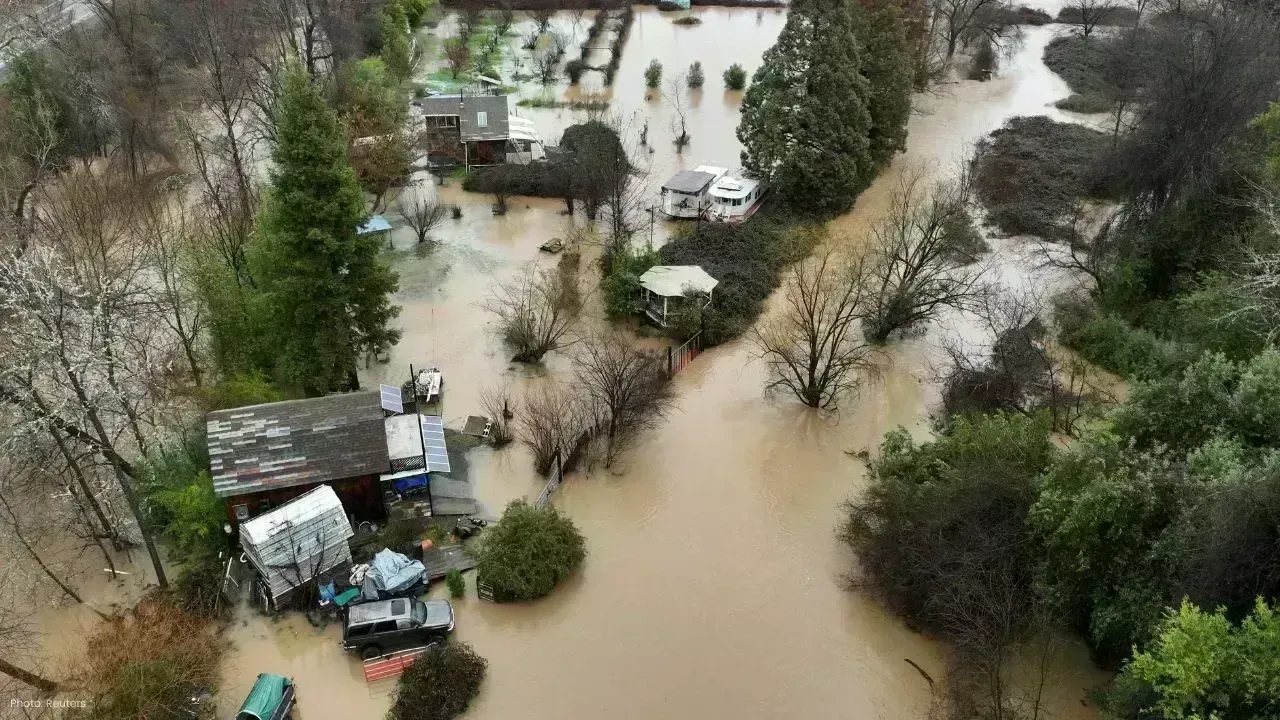

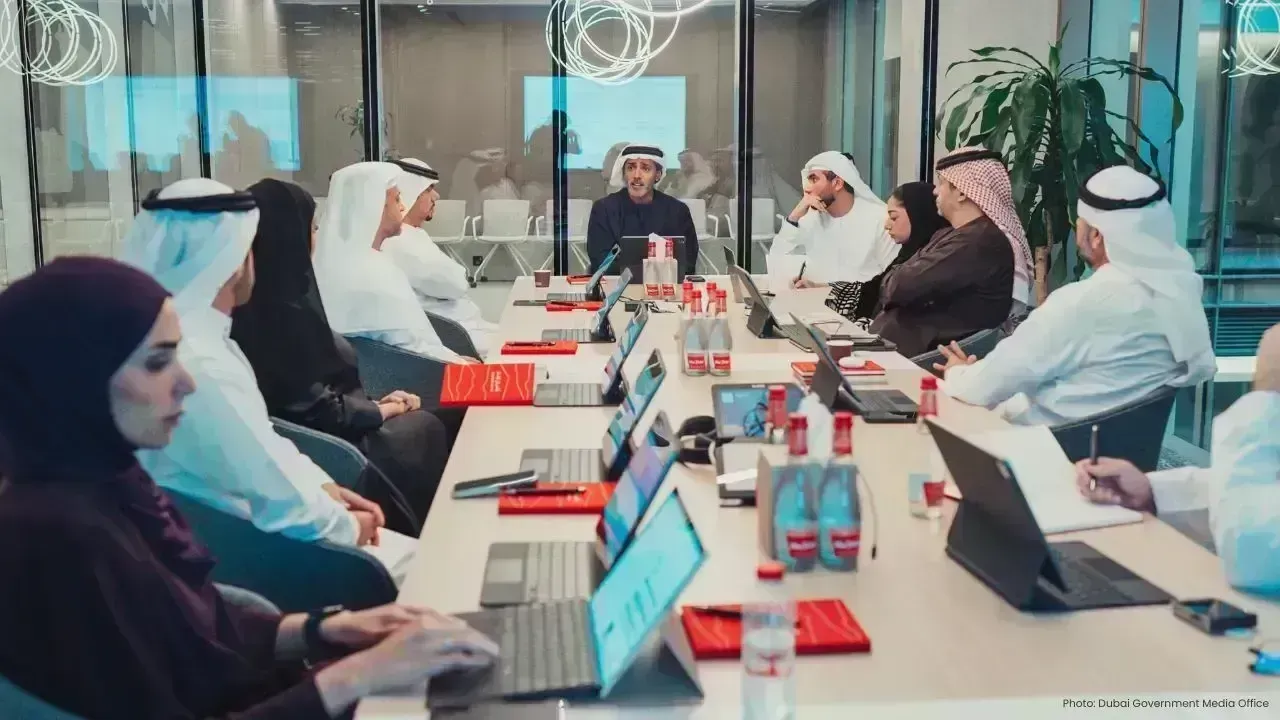



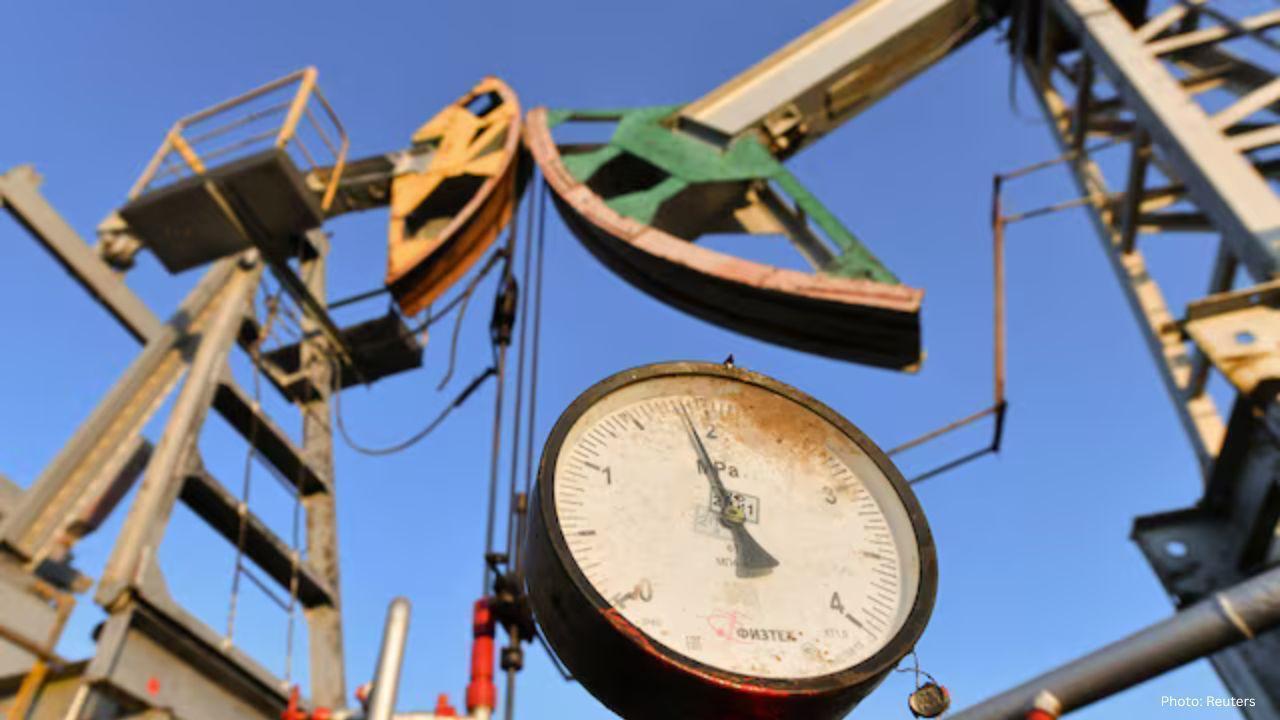
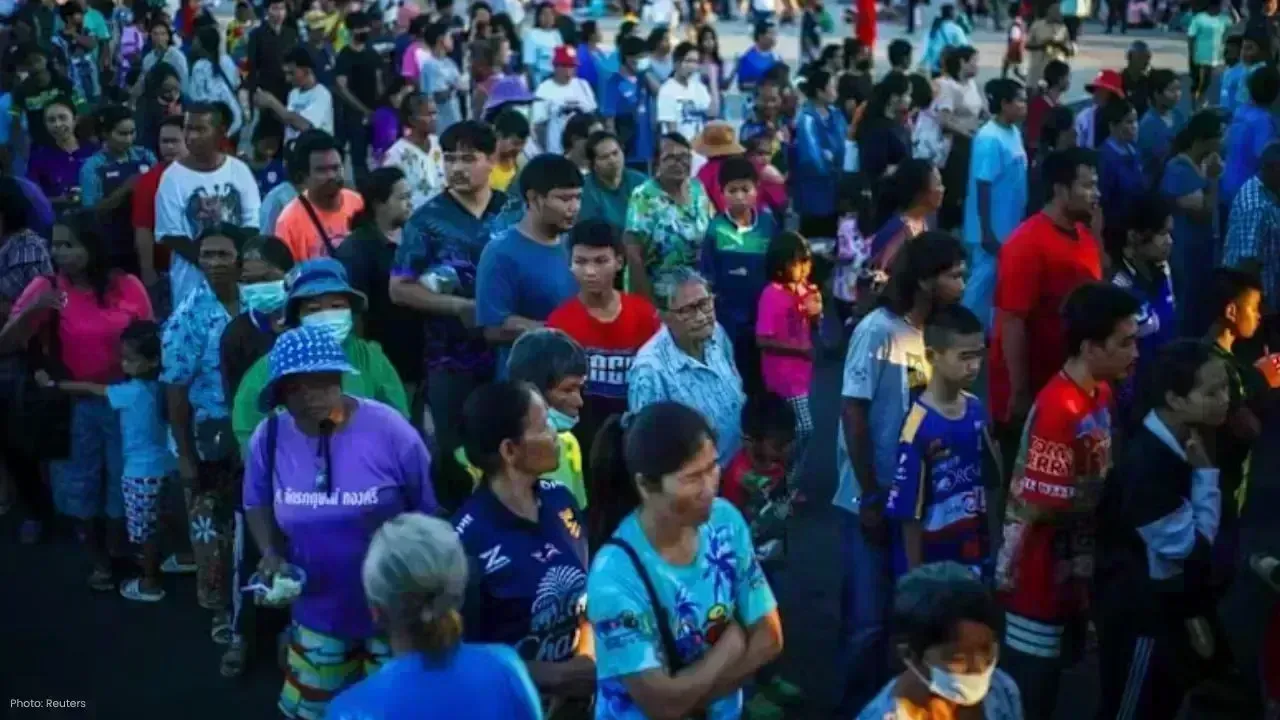
Thailand Defence Minister Joins Talks to End Deadly Border Clash
Thailand’s defence chief will join talks with Cambodia as border clashes stretch into a third week,

India Raises Alarm Over Fresh Attacks on Hindus in Bangladesh
India has condemned recent killings of Hindu men in Bangladesh, calling repeated attacks on minoriti

Sidharth Malhotra & Kiara Advani Celebrate Baby Saraayah’s 1st Christmas
Sidharth and Kiara share adorable moments of baby Saraayah’s first Christmas with festive décor and

South Korea Seeks 10-Year Jail Term for Former President Yoon Suk Yeol
South Korea’s special prosecutor demands 10 years for ex-President Yoon Suk Yeol on charges includin
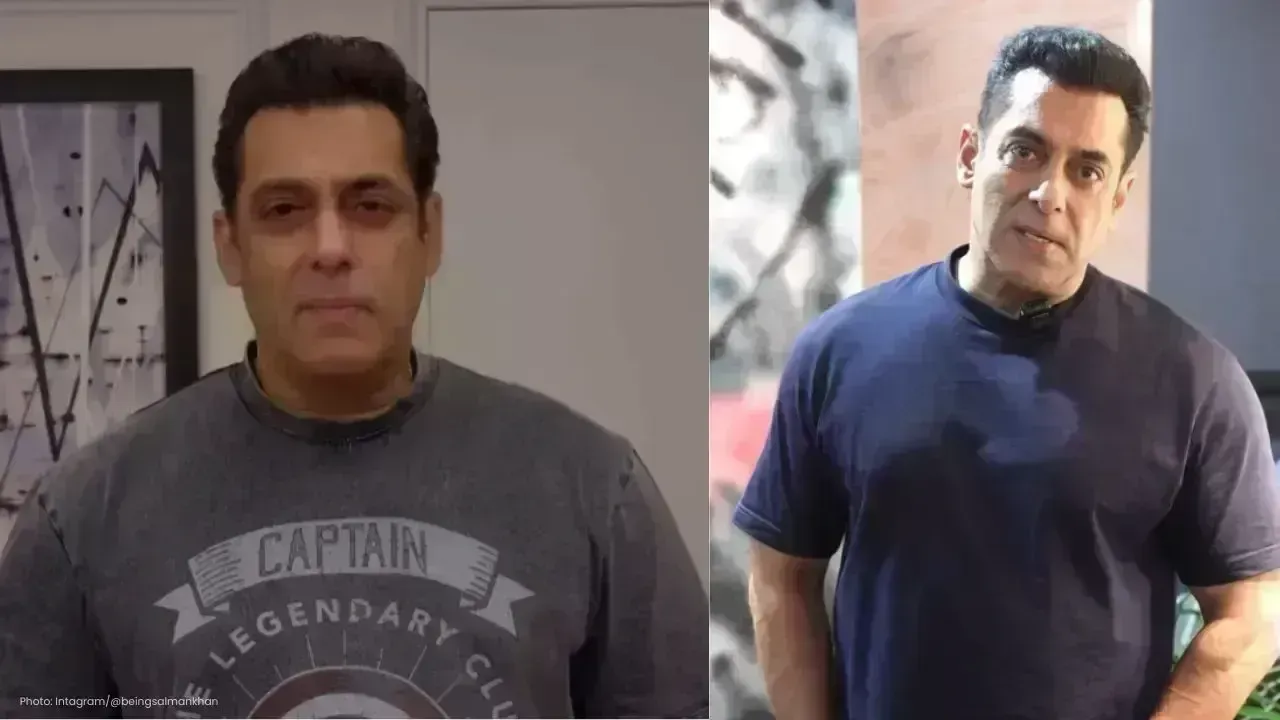
Salman Khan’s Exclusive 60th Birthday Bash at Panvel Farmhouse
Salman Khan to celebrate his 60th birthday privately at Panvel farmhouse with family, friends, and a

Dhurandhar Breaks Records with Rs 1006 Cr, Becomes Bollywood’s Biggest Hit
Dhurandhar rakes in over Rs 1006 crore worldwide in 21 days, becoming Bollywood’s highest-grossing f